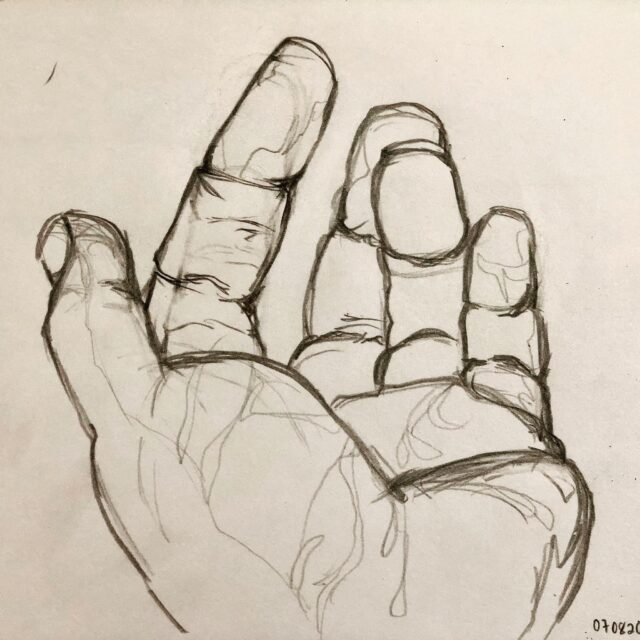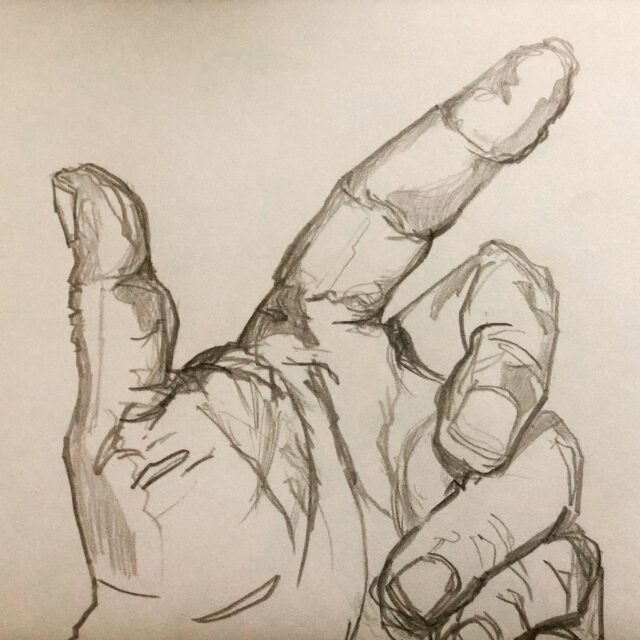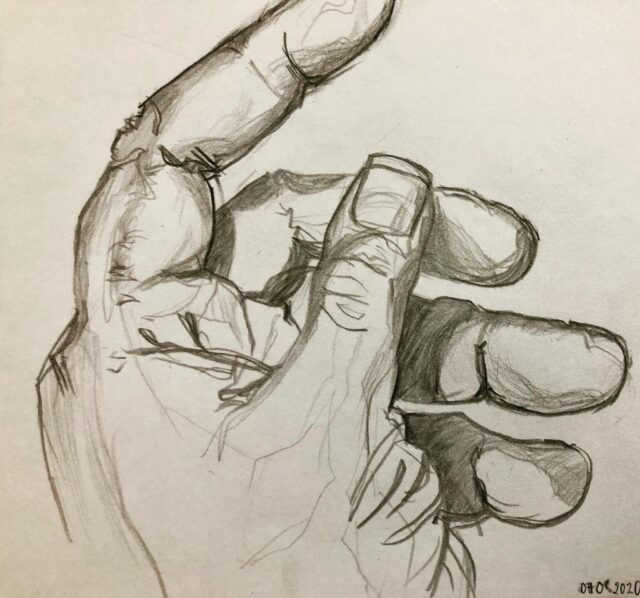…of things, thoughts, and happenings.
Fractal Art
Fractal images exist as electronic images and are often regarded as “computerized art”. In fractal image making, mathematics play a great role in determining shapes and patterns where calculations are mainly executed by the computer. In traditionally printing fractal images in the darkroom, I wish to highlight the human input that is often overlooked and dismissed in fractal art making.
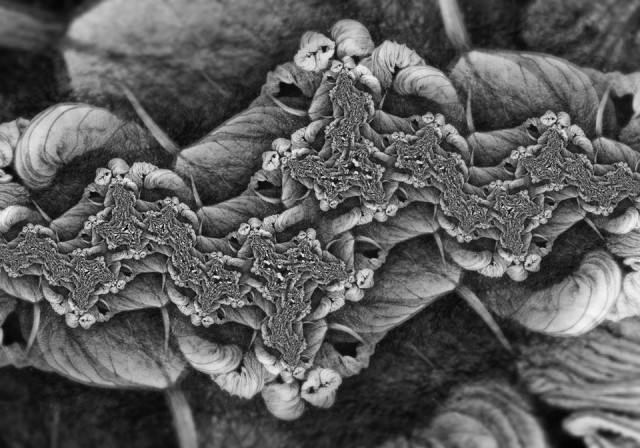
A computer will endlessly create patterns and images but it is one part of available tools, just as a camera is part of a process in creating photographs. The creative skill of an artist is valuable in creating this type of art. One might argue that digitally calculating an image is very accessible and easy but it has been proven again and again how equal access and opportunity yield varying qualities of results. The mappings, calculation assemblies, and point control all require human input and skill.
To combine the heavily involved analog world, dependent on artist input with the removed and automatic digital world, is to have the best of both. Printing these digital images using the traditional chemical process of film photo printing removes this “mass-produced” feel of the image transforming it to a unique handmade print.
That “Lion Attacking a Dromedary” Diorama…

They said it would be near the Forbes Avenue entrance. True enough it was a few paces from the main door. You have to climb a few steps but the frosted diorama case of two lions attacking a North African courier is already visible from where I stood.

Displayed for more than 120 years, the “Lion Attacking a Dromedary” diorama at the Carnegie Museum was covered in 2020 because it sparked discussion about colonialism, violence, consent, and ethical questions of displaying human remains — the diorama, after an X-ray done in 2017, revealed that the courier’s face has a real skull. But sometime last year, I read, that the new curator has put it on display despite the previous ban because she believes in opening a discussion instead of implementing full censorship. Museums and galleries can be elitist. I found it interesting that the new curator is taking inclusive steps to engage public exchange. This is making me very curious and excited. However, when I reached the display, I found that all three sides of its glass case, except the glass facing the wall, are frosted — so this is how they chose to present it. It feels in the bureaucratic tug of war that I am sure ensued, this was the compromise they reached. Interesting.

As always, I am great at finding sweet spots between the glass and the wall to take photos. Better that than nothing, I consoled myself. There is no dignity in my fluttering and hovering about, even craning my neck to take a look at what can be seen through the clear glass. People were pretending not to notice but they are definitely following my movements –but it just had to be done if I want to see anything of the diorama. I am sure, they will be doing the same thing as well when I am gone. I wonder if the museum has a camera that records visitors’ movements and interaction with the display as they, like me, try to look beyond the opaque obstacle they so conveniently put between me and the art they are supposed to show. I wish they would present it as a visual to show how prohibition creates opportunities to break laws. And as they make a curatorial statement about it, may they see the error of their ways, giving us a hard time like that, and send us, victims of their folly, personal invitations to the opening as a gesture of apology.

There is a lot to ponder alright, not just about the work you cannot see but of intangible strings (e.g. bureaucracy, politics, ethics, etc.) that keep this partially hidden display afloat This fluttering about to see a partially hidden display reminds me of Plato’s cave. I feel like I am trying to be part of a discussion of shadows in the cave’s wall. Except, this time, the shackles are not self-imposed ignorance (ok part of it is) but (is also) a systematic alienation in the guise of public education.
Old artwork
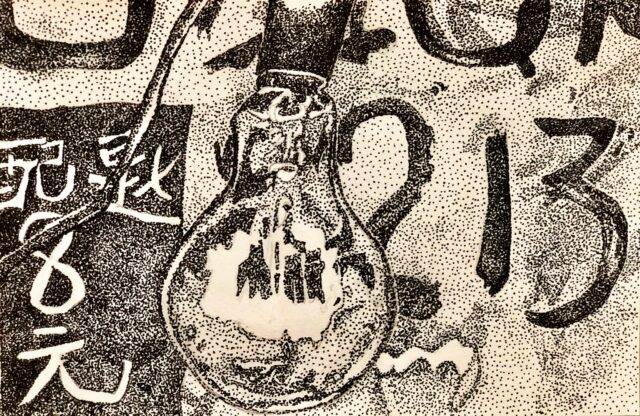
from a photograph that I took in Hong Kong


